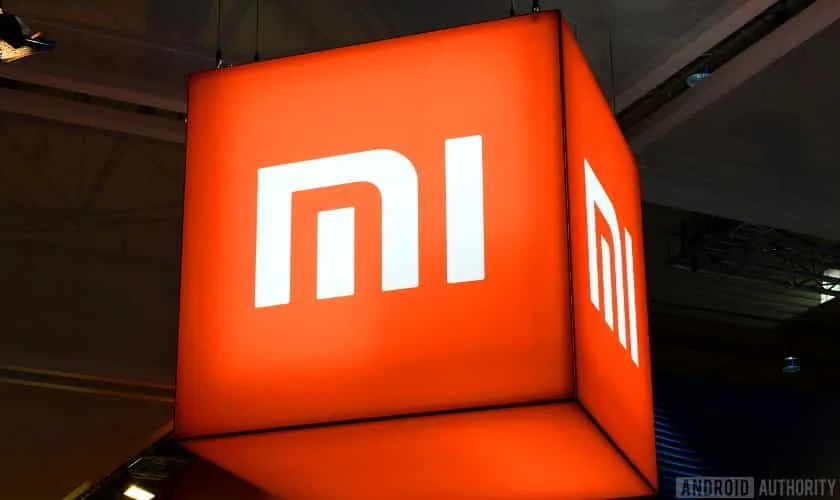Yesterday at the Xiaomi Mega launch event, the Chinese tech giant raised many eyebrows after it unveiled a new Liquid lens technology on its first foldable, the Mi MIX FOLD. But that was not the end of it all, because the tech giant also announced its first self-developed image signal processing (ISP) chip, the Surge C1.
According to the company, its Surge C1 processor is separated from the SoC and independently soldered onto the motherboard. It means that the chip will be an independent mobile phone imaging chip that has its own algorithm. Xiaomi also states that the chip is a result of an investment of about RMB 140 million.
According to sources, it took the OEM nearly two years and a whole lot of investment in the R&D. the chip which is designed uses less processing & memory but yields better imaging results. The ISP chip uses the combination of the 3A algorithm as shown below:
- AF– Auto Focus
- AWB– Accurate White Balance
- AE– Automatic Exposure
From what Xiaomi presented in the event, we know that the Auto Focus is for faster focusing of subjects and circumventing the focussing issues on darker scenarios especially when the object in focus is smaller.
The Accurate White Balance, on the other hand, is used for correcting the white balance in a frame with complex lighting in the surrounding.
Coming to the Automatic Exposure, it corrects the exposure levels and improves the dynamic range in the process. The chip also comes with a dual-filter configuration to help it process both the low and high-frequency signals parallelly.
The Surge C1 chip will be first deployed on the company’s first foldable phone, Mi MIX FOLD for aiding the lenses to improve the overall image quality. As to how the performance of the chip will be in the real-world remains to be seen.









